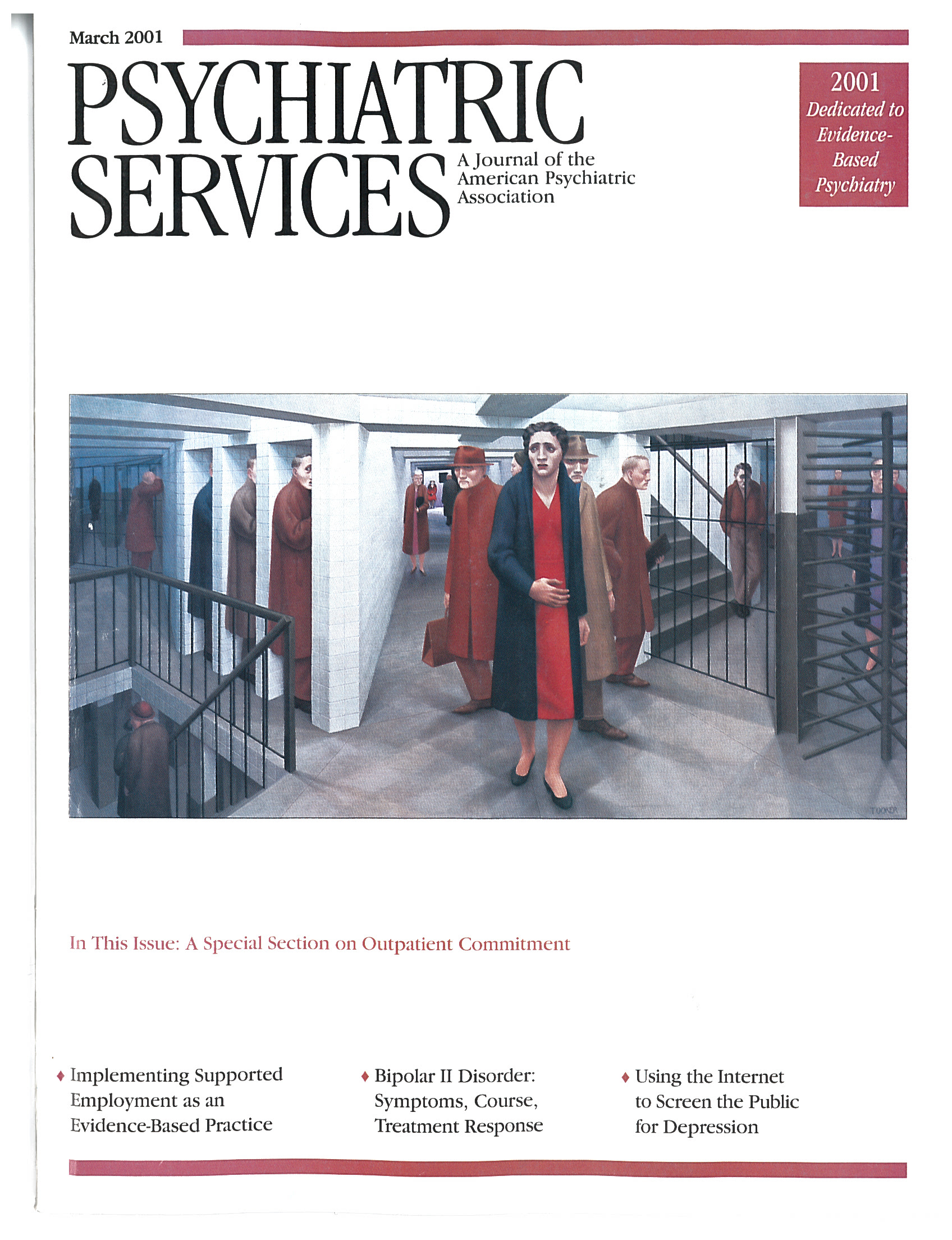The Psychopharmacology of Schizophrenia
The Psychopharmacology of Schizophrenia, part of the British Association for Psychopharmacology Series, aims to "present the pharmacological treatment of schizophrenia in the context of the basic and clinical sciences underpinning clinical treatment." The book actually places considerable emphasis on reviews of the growing scientific understanding of schizophrenia, devoting substantially less attention to clinical psychopharmacology.
Of the 13 chapters, the first nine are research updates, including reviews of the dopamine hypothesis; the effects of neuroleptics on gene activation; glutamate and neurotoxicity; molecular genetics; structural, functional, and neurochemical imaging; and the neuropsychology of schizophrenia. It is not until chapter 10 that one reaches a clinically oriented chapter, an excellent review of movement disorders associated with antipsychotic drugs. Chapters follow on conventional and novel antipsychotic drugs. The volume closes with a chapter on community psychiatry in the United Kingdom.
Although its title may lead to disappointment for readers expecting to find guidance on clinical psychopharmacology, the book nevertheless has much to offer. Our scientific understanding of schizophrenia is developing quickly, and theories such as the dopamine hypothesis are no longer simple or preeminent. To understand the latest thinking about how conventional and novel antipsychotics work, one needs to move beyond neurotransmitters and consider molecular genetics. Those of us trained a generation ago may find this book helpful to bring us up to date. The book would be difficult to read from cover to cover, but individual chapters are well done and may be useful to students, young investigators, or practicing clinicians interested in the current scientific knowledge about schizophrenia.
For example, the first chapter, by Al-Amin and Weinberger, of the National Institute of Mental Health, provides an elegant update on the dopamine hypothesis and the authors' evolving perspective on schizophrenia as a neurodevelopmental disorder. They offer a remarkably clear explanation of gene activation and the concept of immediate early genes such as c-fos. The explanation of how differences in c-fos induction may account for the atypical features of the new-generation antipsychotics is enlightening.
I drew a variety of important "take-home messages" from this well-referenced book: the dopamine hypothesis is incomplete at best; the idea that atypical antipsychotics have superior efficacy because of their ability to block both D2 and 5-HT2 still requires confirmation; neither amphetamine nor phencyclidine (PCP) psychosis is a perfect model for schizophrenia; we still do not fully understand the real-life impact of the new antipsychotic drugs on cognitive function and how such changes might affect community living skills; and the term "atypical antipsychotic" has not been used with a consistent definition and is probably used too casually.
Overall this book provides an up-to-date overview of the biologic underpinnings of schizophrenia, and it includes a number of thought-provoking chapters. However, a similarly slim volume offering a comprehensive review of the current knowledge of schizophrenia that I found more rewarding was the book by Eve Johnstone and colleagues (1) that I reviewed in this journal in September 2000 (2).
Dr. Munetz is chief clinical officer for the County of Summit (Ohio) Alcohol, Drug Addiction, and Mental Health Services Board and professor of psychiatry at the Northeastern Ohio Universities College of Medicine in Rootstown.
1. Johnstone E, Humphreys M, Lang F, et al: Schizophrenia: Concepts and Clinical Management. New York, Cambridge University Press, 1999Google Scholar
2. Munetz MR: Schizophrenia: Concepts and Clinical Management [book review]. Psychiatric Services 51:1187-1188, 2000Link, Google Scholar



